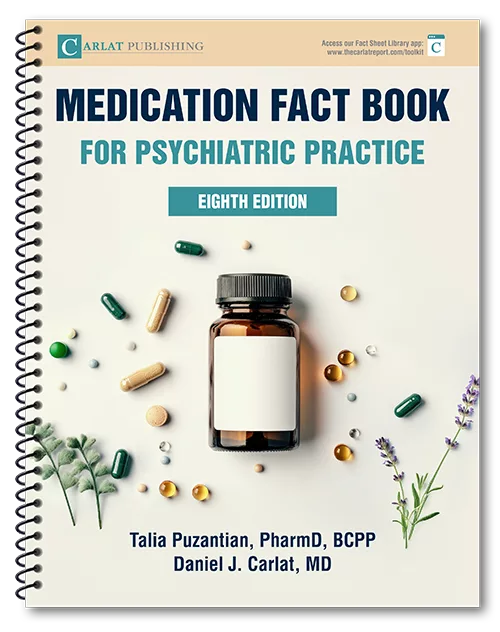Home » An Opioid Combo Falls Short in Depression
An Opioid Combo Falls Short in Depression
February 1, 2019
From The Carlat Psychiatry Report
 Chris Aiken, MD.
Chris Aiken, MD.
Editor-in-Chief of The Carlat Psychiatry Report. Practicing psychiatrist, Winston-Salem, NC.
Dr. Aiken has disclosed that he has no relevant financial or other interests in any commercial companies pertaining to this educational activity.
Opioids have a bad name these days. But let’s not forget that they were once considered a first-line treatment for depression before the discovery of MAOIs and tricyclics in the 1950s. That history has been revived recently by buprenorphine, a partial opioid agonist that was fast-tracked by the FDA for treatment-resistant depression. Buprenorphine showed promise in early studies, where it reduced both depression and suicidality. The effect was rapid, much like we see with ketamine, which may also work through the opioid system (see Research Update in TCPR, Jan 2019).
In the end, the FDA handed this novel therapy a thumbs down. The issue was not safety but efficacy, although there were also concerns that short-term trials might not be adequate to assess the addictive liability of buprenorphine.
The manufacturer submitted 4 trials, but only 2 of those trials had positive results, and there were several flaws in the data. The company switched the primary outcome measures after their initial choices failed; they relied on averaged ratings from each time point instead of the final score; and they abbreviated the main rating scale, the MADRS, in ways that appeared to bias the results. Buprenorphine acts differently at high (8 mg) and low (2 mg) doses, but that did not appear to be the issue—neither dose worked well in these studies.
Buprenorphine remains available as Suboxone, which is FDA-approved for opioid dependence and became generic in June 2018. However, there is an important difference between Suboxone and its antidepressant cousin that failed to make it to market. Both drugs combine buprenorphine with an opioid antagonist to prevent abuse. Suboxone uses naloxone, a broad antagonist, while buprenorphine is paired with samidorphan, which selectively antagonizes the mu-opioid receptors. Samidorphan is not currently available, but we may hear from it again. It is undergoing phase II studies as a combo pill with olanzapine in hopes that it will curb the weight gain on that antipsychotic.
General PsychiatryIn the end, the FDA handed this novel therapy a thumbs down. The issue was not safety but efficacy, although there were also concerns that short-term trials might not be adequate to assess the addictive liability of buprenorphine.
The manufacturer submitted 4 trials, but only 2 of those trials had positive results, and there were several flaws in the data. The company switched the primary outcome measures after their initial choices failed; they relied on averaged ratings from each time point instead of the final score; and they abbreviated the main rating scale, the MADRS, in ways that appeared to bias the results. Buprenorphine acts differently at high (8 mg) and low (2 mg) doses, but that did not appear to be the issue—neither dose worked well in these studies.
Buprenorphine remains available as Suboxone, which is FDA-approved for opioid dependence and became generic in June 2018. However, there is an important difference between Suboxone and its antidepressant cousin that failed to make it to market. Both drugs combine buprenorphine with an opioid antagonist to prevent abuse. Suboxone uses naloxone, a broad antagonist, while buprenorphine is paired with samidorphan, which selectively antagonizes the mu-opioid receptors. Samidorphan is not currently available, but we may hear from it again. It is undergoing phase II studies as a combo pill with olanzapine in hopes that it will curb the weight gain on that antipsychotic.
KEYWORDS depression news_of_note

Issue Date: February 1, 2019
Table Of Contents
Recommended
Newsletters
Please see our Terms and Conditions, Privacy Policy, Subscription Agreement, Use of Cookies, and Hardware/Software Requirements to view our website.
© 2025 Carlat Publishing, LLC and Affiliates, All Rights Reserved.


_-The-Breakthrough-Antipsychotic-That-Could-Change-Everything.webp?t=1729528747)



